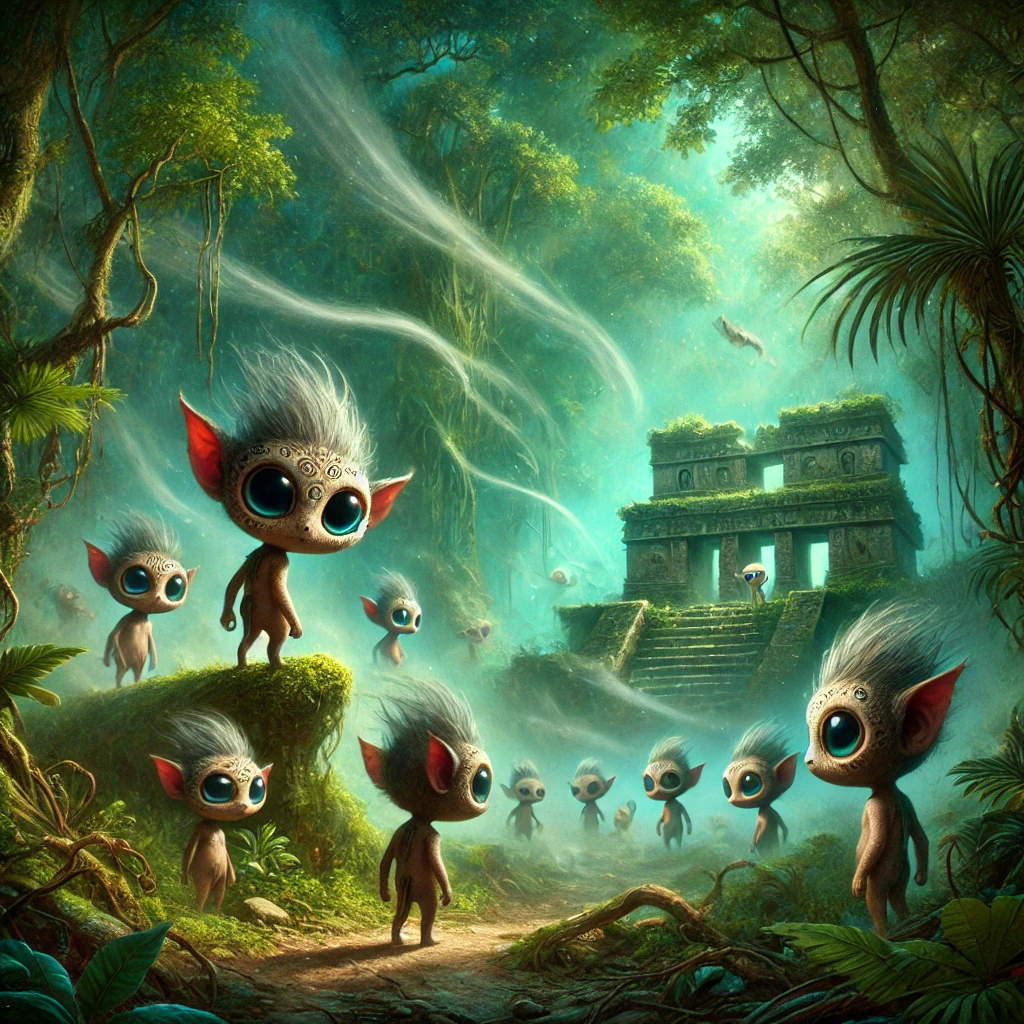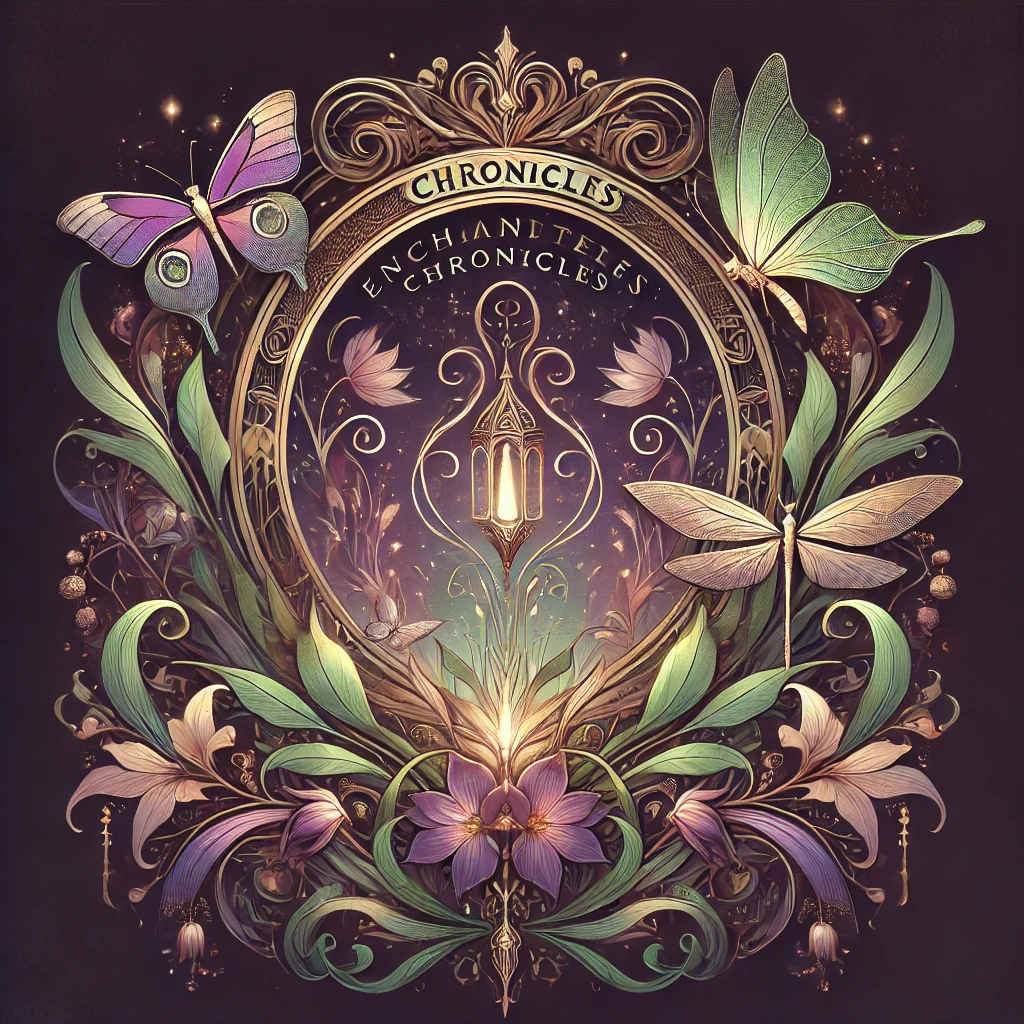The Aluxes: The Mischievous Protectors of the Mayan Lands
Have you ever had a special encounter with a hummingbird that felt like more than just coincidence?

By : Lirien Thornveil

Ancient Guardians or Playful Tricksters?
Deep in the lush jungles of the Yucatán Peninsula, whispered legends speak of the Aluxes—small, magical beings said to inhabit the sacred lands of the Maya. They are neither spirits nor mortals, but something in between, protectors of nature who walk unseen among us. For centuries, these tiny guardians have captured the imaginations of the indigenous Maya and travelers alike. But who—or what—are the Aluxes, and do they still roam the forests, fields, and ruins of the Yucatán today?
The Origins of the Aluxes: A Myth Rooted in Mayan Cosmology
The belief in these spirits (pronounced “ah-loo-shes”) dates back to the Classical Maya period (250–900 CE), though some suggest the tradition is even older. In Mayan mythology, these beings were created from clay, corn, and sacred elements by the gods themselves, much like humans. However, unlike people, these spirits were given eternal youth, remaining childlike in size and temperament.
Their main duty was to serve as guardians of nature, ensuring that forests, fields, and sacred sites were respected. Mayan farmers, in particular, held the Aluxes in high regard, believing they could bless their crops with fertility—so long as they were treated well.
Historical and Cultural Context: Their Role in Mayan Society
The Maya have always been deeply connected to their environment, with their religious and cosmological beliefs reflecting this bond. The Aluxes were seen as intermediaries between the physical and spiritual worlds, much like nature spirits in other indigenous traditions across the world.
Mayan farmers would often build small stone shrines (called “kahtal alux”) in the corners of their fields as offerings to these beings. If the Aluxes were pleased, they would protect the land from thieves, pests, and droughts. If ignored or disrespected, however, they could turn mischievous—hiding tools, leading travelers astray, or even causing illnesses.
Spanish colonization in the 16th century brought Christianity to the region, and many traditional Mayan beliefs were suppressed or blended with Catholicism. Yet, the legend of the Aluxes endured, adapting to new cultural influences while remaining deeply embedded in local folklore.
Modern Encounters: Are they still among us?
Despite the passage of centuries, belief in these spirits remains strong in parts of Mexico, Belize, and Guatemala. Many Yucatec Maya continue to leave offerings of food, tobacco, and alcohol to appease these small tricksters, especially before beginning construction projects or planting crops.
One of the most famous modern encounters occurred in the 1990s when construction workers building a bridge near Cancún reported strange accidents and malfunctions. After multiple unexplained setbacks, local elders suggested that the workers had disturbed an Alux dwelling. Following Mayan tradition, the workers built a small shrine near the bridge—and soon after, the strange occurrences stopped. Today, that shrine still stands as a tribute to them.
Even some resort developers and hotel owners in the Yucatán acknowledge their presence, offering small altars within their properties to keep these playful spirits happy. Guides at Mayan archaeological sites, such as Chichén Itzá and Tulum, also share stories of Aluxes appearing to visitors, often in the form of shadows, whispers, or sudden gusts of wind.
Aluxes in Popular Culture
The mystique of the Aluxes has spread beyond indigenous folklore into literature, music, and even contemporary Mayan-inspired fantasy stories. They are often depicted as tiny, elf-like figures with large eyes, pointed ears, and mischievous grins.
Some scholars and folklorists compare them to the “duendes” (goblins or elves) of Spanish and Latin American traditions. Others see parallels with Celtic fairies or the Icelandic “Huldufólk” (hidden people). Could these similarities suggest a deeper, universal archetype of nature spirits across different cultures?
Strange and Unknown Facts About the Aluxes
Invisible to Most: Aluxes are said to be invisible unless they choose to reveal themselves, often only appearing to those who truly believe in them.
Short Lifespan, Eternal Presence: According to tradition, an Alux lives for about seven years after being summoned by a farmer or shaman. After this time, it returns to the spiritual world, unless another offering is made.
A Connection to the Wind: Some Mayan elders claim that whirlwinds and dust devils are signs of Aluxes playing or traveling between realms.
Linked to the Underworld (Xibalba): Some myths suggest that Aluxes are not only guardians of the land but also messengers from Xibalba, the Mayan underworld.
Final Thoughts: Guardians or Tricksters?
Whether seen as benevolent protectors or mischievous tricksters, these spirits remain an enduring part of Mayan folklore and contemporary Yucatán culture. Their legend continues to shape local beliefs, influencing how people interact with nature and the unseen world.
So next time you walk through the dense jungles of Mexico or explore the ruins of an ancient Mayan city, keep an eye out—you may just feel their presence watching over you.
Would you like to discover other Realms…. it’s right here…
Join our community of readers register for our newsletter!

Enchanted Chronicles: Ignite the Myths Within
Step into a world where ancient myths are no longer confined to books—they are part of your journey.
The Mythical Paths are selected adventures that blend legends, history, and real-world exploration.
Sign up for free!
We won’t send you spam.
Unsubscribe at any time.
